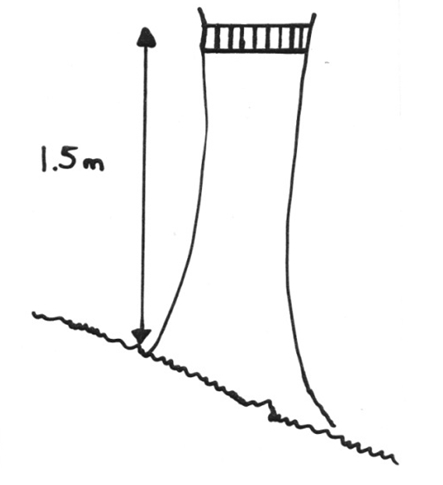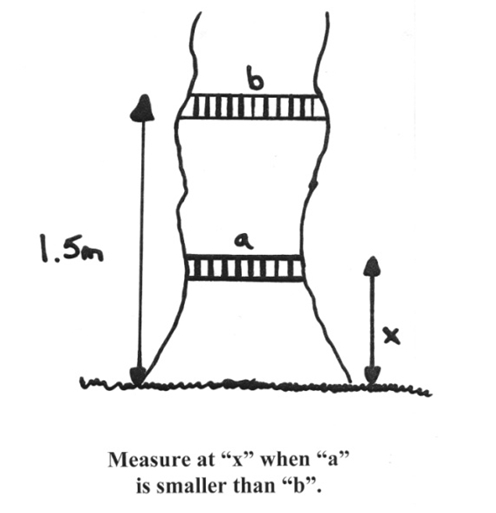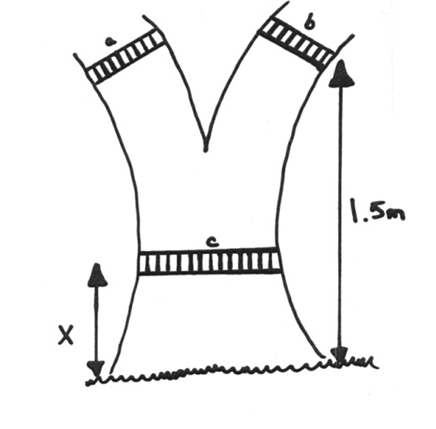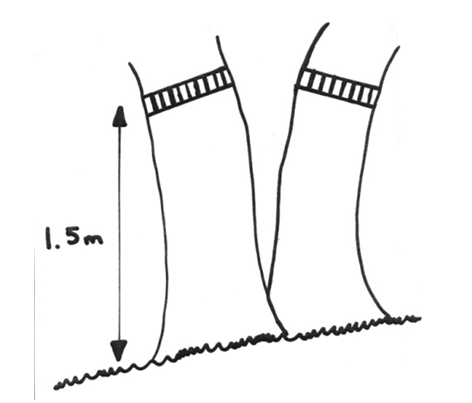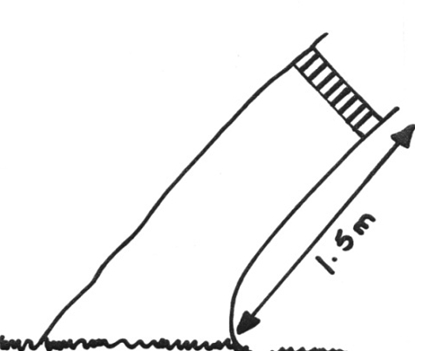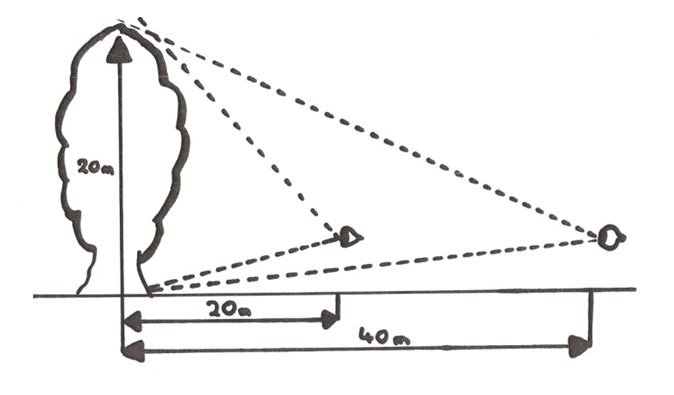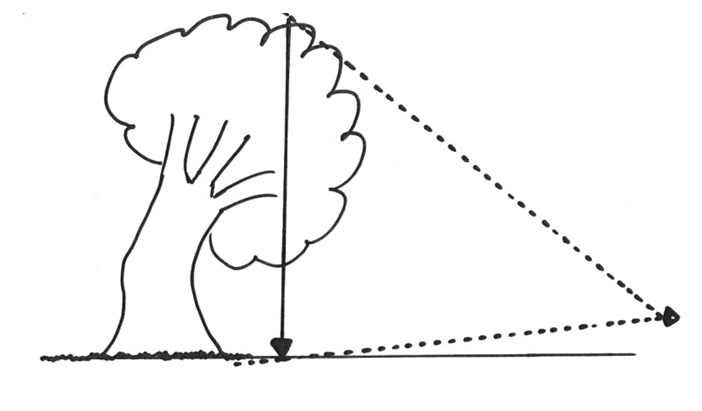The Tree Register
and what makes a Champion Tree
The Tree Register is a charity which collates and records a database of notable trees throughout the UK and Ireland. The register currently lists over 150,000 individual trees and is based in the original work of the internationally acclaimed dendrologist the late Alan Mitchell, who started this work in the early 1960’s.
The Register includes historical records going back 200 years which record the height and girth measurements of record trees so that the growth rates and longevity can be measured.
The Register not only records the largest trees of more common species; it also records details of rare and unusual trees of which Caerhays has many.
There are many uses to which the register can be put. Garden visitors can find, locate and appreciate rare and record trees. Garden historians can evaluate the importance of trees in the historical landscape and how, when and why different species came to be introduced into the UK and Ireland.
Scientists and conservationists can use this data in planning re-introductions to the wild of species which are now threatened with extinction in their natural habitats overseas.
More importantly rare and record trees can be identified and then preserved and looked after in British gardens. From Parish Council tree wardens to local authority planning departments this unique information has a large part to play in conservation and in the environment generally.
Thomas Packenham’s book and television series ‘Meetings with Record Trees’ is but one example of how the publics’ perception of record trees is being developed by the media. However the basis of all this interest is The Tree Register itself.
2. How to measure trees?
The professional way to measure a tree is to use a small hand held instrument called a Clinometer.
Trees are conventionally measured at around 1 – 1.5 m from ground level on the upper side of a slope.
Where swellings occur on the trunk at 1 or 1.5 metres from the ground measure the stem at various points below the swelling and record the smallest measurement.
If a tree forks at or below 1.5m the measurement should be taken at the narrowest part of the main stem below the fork. Alternatively the two stems can be measured separately.
If a tree has two or more stems at or near ground level they should be recorded in a similar manner.
A leaning tree should be recorded on the lower or underside.
Always stand at the same level of ground as the tree. Do not measure from up or down a slope but across.
Using a clinometer height should be measured from a baseline as far away from a tree as possible. If possible from a distance at least as great as the height of the tree and, preferably twice the height so that the top or topmost branches are clearly visible.
If possible check the height of a tree from more than one baseline.
If a tree has a dead crown or the top is dying back the height recorded should be to the highest live branch.
3. Caerhays Record Trees
There are over 75 record trees in the gardens at Caerhays on the basis of height and girth.
Back to Champion Tree Introduction
Caerhays Estate Champion Tree List – Page 1
Caerhays Estate Champion Tree List – Page 2
Caerhays Estate Champion Tree List – Page 3
Download – Caerhays Champion Trees – Britain and Ireland
Download – Caerhays Champion Trees – Cornwall
Details of the Tree Register and the work it does can be found on the www.treeregister.org – opens in new window

